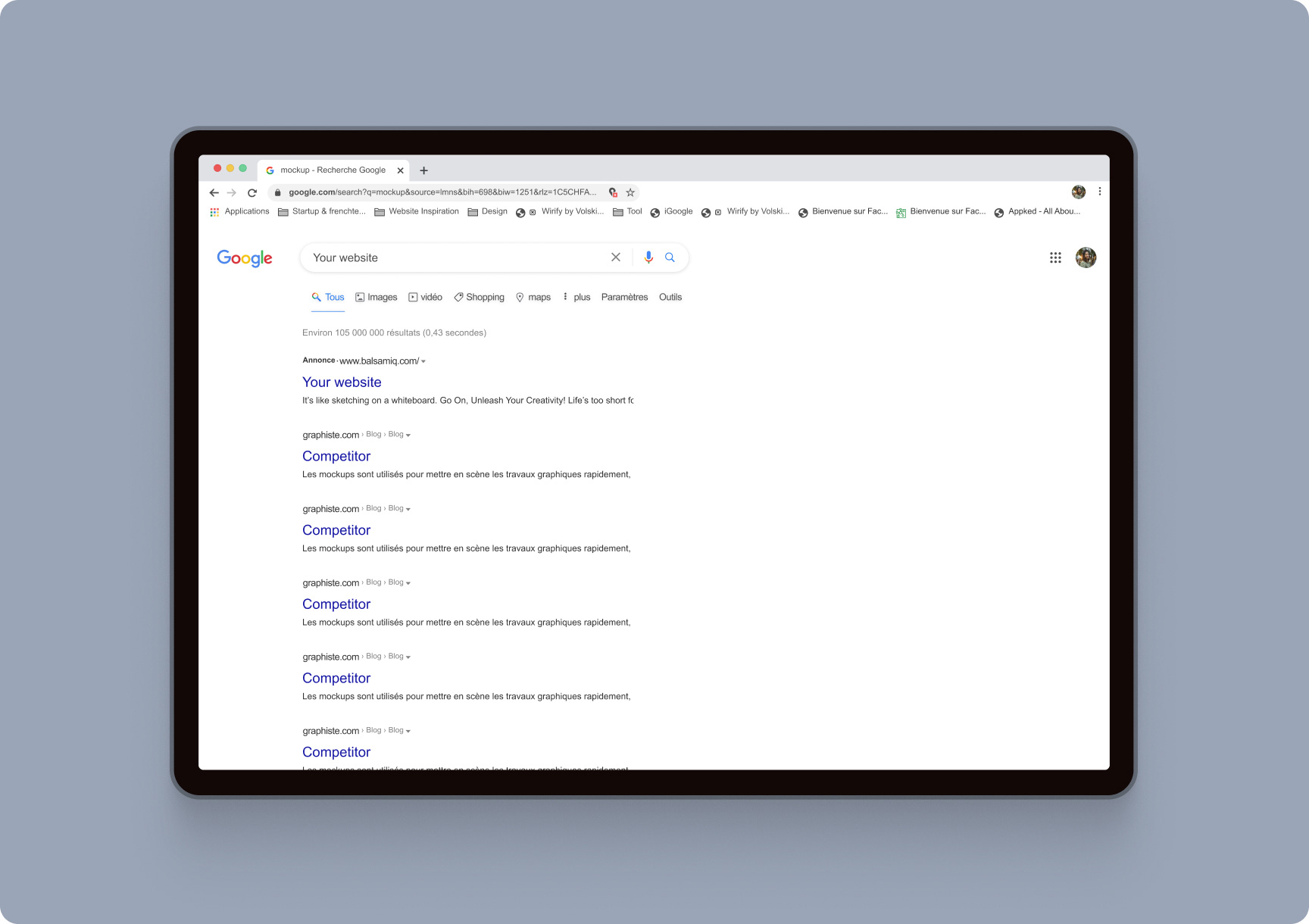In the early days of launching a business, it’s tempting to go with the cheapest option for everything—including your website. A simple template, a free builder, or that friend-of-a-friend who “does web stuff on the side” can all seem like perfectly good choices when you're trying to save money.
But here’s what most people don’t realize: what you save today can end up costing you significantly more tomorrow.
This article breaks down the hidden costs behind a cheap website, from a developer’s perspective. Because while it may look like a smart short-term win, it could be setting your business up for long-term limitations—and expenses.
Performance Issues Aren’t Just Technical
Low-cost websites are usually built on bloated templates, overloaded with plugins, and hosted on slow shared servers. That leads to poor loading speeds, which affects both user experience and search visibility. And when your customers bounce, you lose opportunities.
Fact: Users expect a website to load in under 3 seconds. Anything slower, and 40% of them leave.
Fixing performance issues after launch often means reworking the entire site—something that costs significantly more than doing it right the first time.
Poor Flexibility Means You’ll Outgrow It Fast
Cheap websites are rarely built to grow with your business. Need to add a new product line, booking system, or user portal later? You’ll likely run into limitations that weren’t considered at the start.
The result? A total rebuild.
A custom site may cost more upfront, but it’s built with future flexibility in mind—so you can add new features without starting from scratch.
Generic Designs Can Undermine Your Brand
When your website looks like hundreds of others using the same template, it fails to communicate what makes your business unique. Visitors don’t remember generic.
A strong brand experience starts with thoughtful design. That doesn’t come from a $50 theme.
Worse yet, trying to customize a template beyond its intended design often leads to technical headaches and visual inconsistencies.
Cheap Websites Often Cut Corners on Security
Security is usually not a priority in ultra-budget builds. Outdated plugins, weak hosting, and poor coding practices leave your site vulnerable to attacks.
Recovering from a hacked site—or even worse, leaked customer data—can damage your reputation and cost thousands in emergency fixes.
A professionally built site includes proper security practices from day one, including clean code, trusted integrations, and updates.
DIY SEO Can Hurt More Than It Helps
Many cheap websites claim to be “SEO-friendly,” but that often just means adding a few meta tags. True SEO requires:
- Clean code
- Optimized loading times
- Proper heading structure
- Mobile responsiveness
- Accessible design
If these aren’t part of the foundation, no amount of plugins will fix it. You'll eventually have to rebuild to make your site discoverable in search.
Ongoing Maintenance Gets Expensive—Fast
When something breaks (and it will), who fixes it? DIY builders and cheap freelancers often don’t offer long-term support.
You might end up paying premium prices for emergency help, or worse—have to start over with a new team who can’t work with the messy code you inherited.
A trusted web partner provides structured support and scalable architecture, saving you from crisis mode down the road.
Final Thoughts
Going cheap on your website may feel like a win at first. But what seems like savings often turns into:
- Lost customers
- Missed opportunities
- Expensive rebuilds
- Slow performance
- Damaged brand trust
A quality website isn’t just a digital brochure—it’s the engine that drives your business online. And like any investment, cutting corners today usually leads to higher costs tomorrow.
If your business is meant to grow, your website should be built to grow with it.



